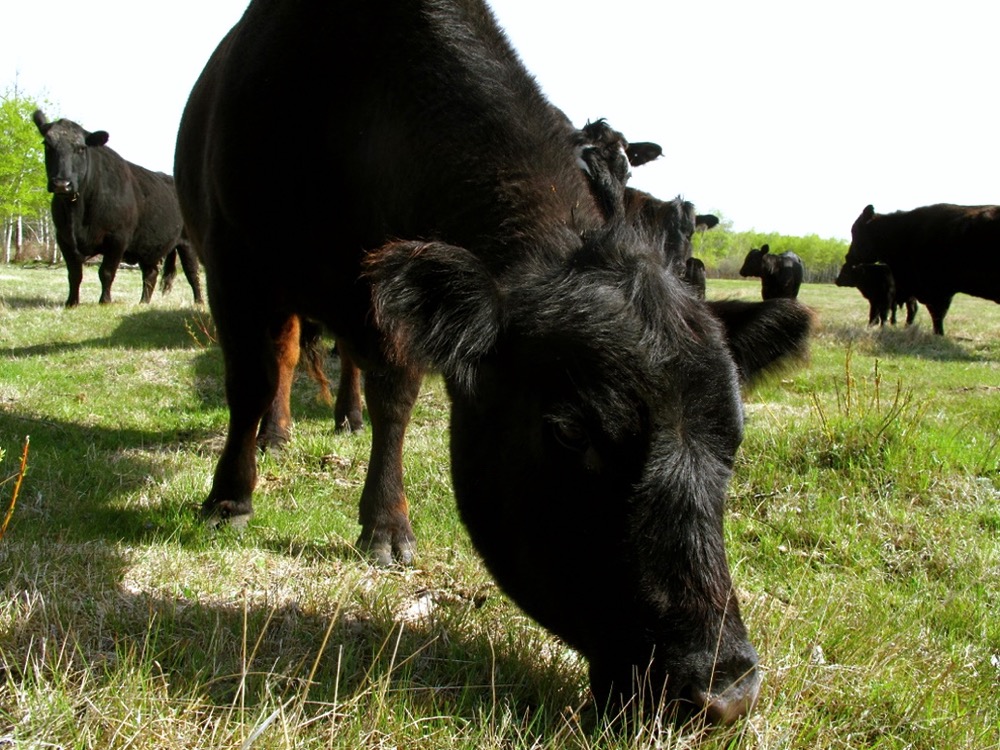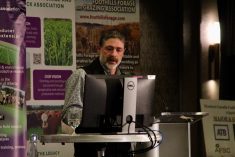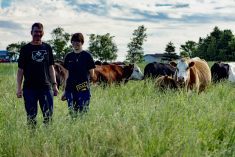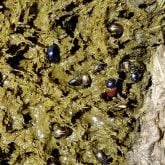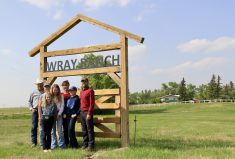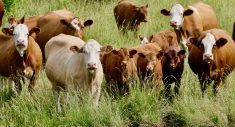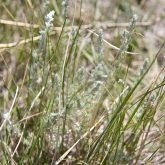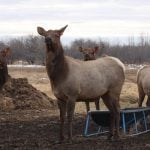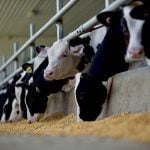If you own your own business, you know one of the most difficult tasks is acquiring and holding onto good employees.
We all know that it’s important to provide desirable working conditions to keep employees happy. We try our best here at Greener Pastures Ranching, but there is one other aspect that we work on to keep our employees happily working. We like to provide mobile hotel accommodations for our workers. In the winter it gets a little chilly here in Alberta, Canada, so we like to provide a more suitable working environment so that our employees can come in out of the cold.
Read Also

What to know before you go to Agribition 2025
If you’re attending Agribition 2025, this is the place to find out about tickets, dates and what’s happening this year.
First off, I should provide you with a bit of a job description for our employees.
Job description: Our team is to collectively work together to combine solar energy with our raw materials to produce a primary product that will then be converted into a nutrient-dense energy source that can be sold for further processing. The waste product from this process will also need to be recycled back into the system to help produce more product.
Employees will work together without complaints. There will be no coffee breaks; you will be expected to work tirelessly without any days off. There are no vacation days or sick days or benefit packages. Employees are expected to work until they die. Our workplace safety policy is to eat or be eaten. We celebrate the death of the employee just as much as the life. We actually encourage employee turnover.
Are you looking for work? Are you a bacterium, yeast, fungi, nematode, earthworm or a dung beetle? I also accept resumes from mites, insects, bugs, beetles and birds of any type. I hire just about any critter that wants to come to work and can help us fulfill our goals.
The key to keeping these hired hands working is quite simple. I just have to give them room and board. They need food, water and shelter and they will work harder for me than any human.
I also have to make sure that the management practices that I use do not harm them or alter the environment that they work in. There are millions of interactions within the soil environment that nature has figured out.
I expect my hired hands to accomplish several jobs in a day. I want them to work with the plants by bringing needed minerals and nutrients so that the plants can sequester carbon, hydrogen and oxygen from the air and convert it into sugar. The plants can get the carbon, hydrogen and oxygen, but they need help from my employees to get the rest. One of these transactions involves, of course, the microbes that pull nitrogen from the air in a symbiotic relationship with legumes. They provide the nitrogen to the plant and in return the plant gives the microbes sugar. I can’t imagine ever buying nitrogen when I can just have my employees get it for me. The air we breathe is 78 per cent nitrogen and it is free.
I would also like them to decompose the manure and residue that is left on the soil surface. I want them to use the nutrients to build their own bodies. I then want them to physically take the nutrients below the soil surface and then I want them to die. Many of my employees have a very short career. I want them to die and make the nutrients available to the plants again in the circle of life. It just so happens that I will have a billion more workers eager to go to work again the next day. This is how I recycle — I recycle bodies.
Here is where the problem occurs: we live in an environment with a short growing season and a long dormant season. When the weather turns cold, these employees die off and can no longer work for me. My business is about recycling nutrients and the soil life here can only do that for about four months of the year. Any environment can recycle nutrients in the growing season, but how effective are you at recycling nutrients in the dormant season?
This is where I need to bring in my mobile hotel, otherwise known as a ruminant animal (cow, sheep, goat, bison, etc.). This is one employee on my ranch that I don’t want to be efficient. I’ll say that again. I don’t want her to be efficient. I would prefer her to be inefficient but effective.
Let me explain. Did you know that about 80 per cent of the nutrients consumed by a cow comes out the back end? She just drops it on the ground as a waste product. Why would nature make such an inefficient critter? I just bet if it was up to man to design a cow, we would make sure she was 97 per cent efficient. Society has trained us this way.
Nature, on the other hand, is effective. The ruminant animal was designed for environments with a dormant season. A dormant season could be an extended dry season or a winter season. In a rain forest, the soil is never dormant and is full of microbiology all year long to decompose plant material.
The ruminant was placed in dormant season environments to give the decomposers suitable working conditions, inside the rumen of the livestock. The cow is simply a mobile hotel that allows my off-season employees a place to live and work.
The cow is a big part of ranching, but she is only a part of it. Eighty per cent of her job is to recycle plant material. Only 20 per cent of her job is to produce beef. Is that how you use her?
In most agricultural practices, most of the nutrients from the soils are exported. Only in a grazing operation are we effectively recycling the nutrients by being inefficient. If the land is healthy and our nutrient cycle is working, we have only exported 20 per cent from the soil. If you harvest the crop off the land, you may be removing up to 90 per cent of the nutrients with the crop and exporting it to someone else.
Which is easier or cheaper to replace, the 90 per cent or the 20 per cent?
I believe all agricultural land needs livestock. Yes, grain land needs fences. Livestock are very important in the regeneration of soil because of their ability to recycle.
I do not use cattle to produce beef once a year. I use them to recycle nutrients 365 days a year.


